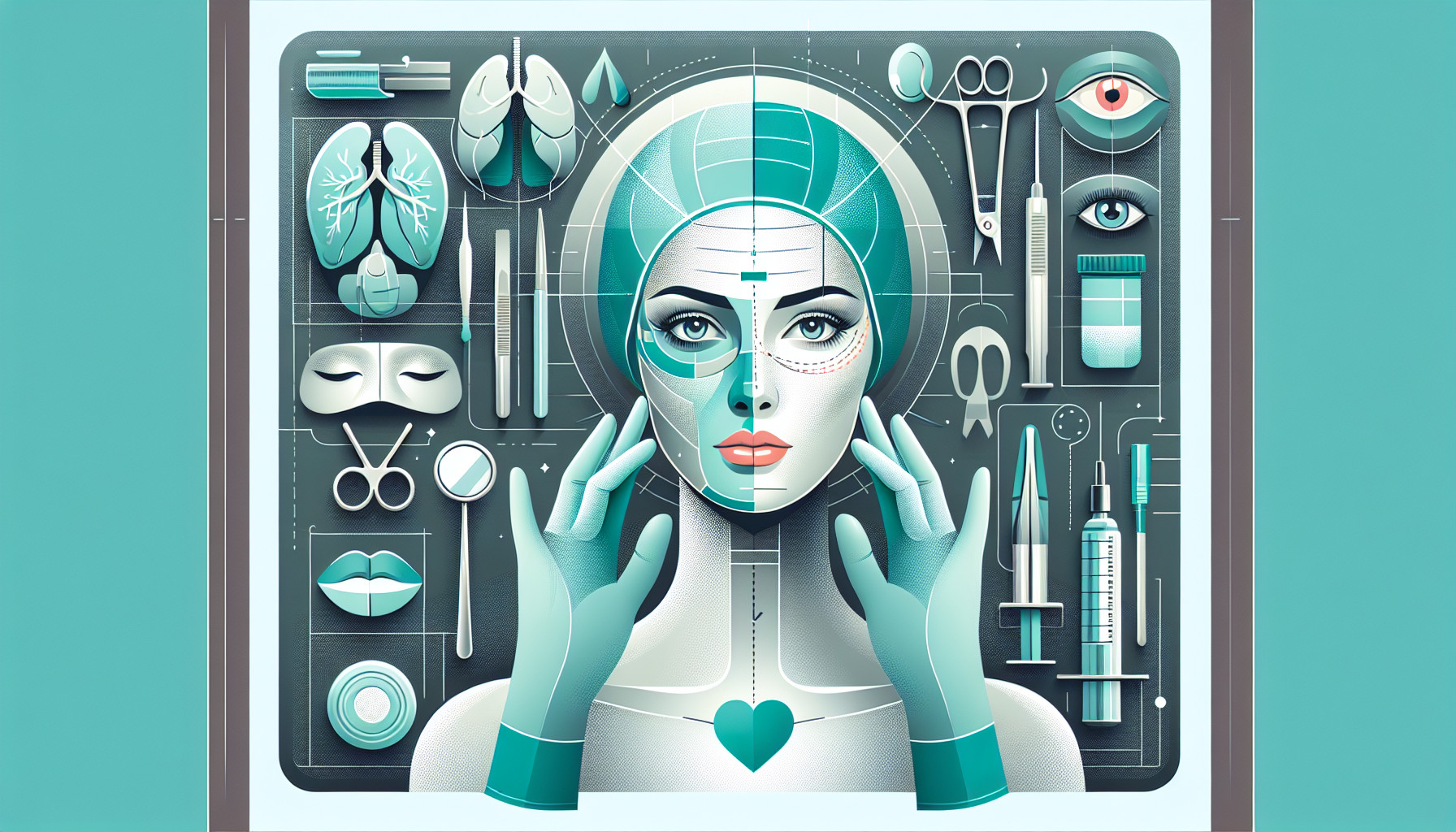Our Summary
This research paper presents a clear and convincing description of a surgical approach to rejuvenate the lower eyelid. The method, called pinch blepharoplasty, gives the surgeon better control and results in a more pleasing appearance with less complications. This approach has three advantages: it maintains the natural position and function of the eyelid, effectively treats excess skin and wrinkles, and simultaneously addresses the grooves in the orbital and nasojugal (the area next to the nose and under the eyes) regions.
FAQs
- What is pinch blepharoplasty?
- What are the advantages of using the pinch blepharoplasty method for lower eyelid rejuvenation?
- How does pinch blepharoplasty address issues such as excess skin, wrinkles, and grooves in the orbital and nasojugal regions?
Doctor’s Tip
One helpful tip a doctor might tell a patient about blepharoplasty is to follow all pre and post-operative instructions provided by the surgeon to ensure a successful outcome and minimize the risk of complications. This may include avoiding certain medications, quitting smoking, and properly caring for the incision site during the recovery process. Additionally, patients should have realistic expectations about the results of the surgery and be prepared for a period of swelling and bruising following the procedure. Regular follow-up appointments with the surgeon are also important to monitor progress and address any concerns.
Suitable For
Patients who are typically recommended for blepharoplasty are those who have excess skin, fat, or muscle in the upper or lower eyelids that create a tired or aged appearance. This can include individuals with droopy eyelids, puffiness or bags under the eyes, wrinkles or fine lines around the eyes, or sagging skin that impairs vision. Additionally, patients who have a genetic predisposition to eyelid issues or who have experienced trauma or injury to the eyelids may also benefit from blepharoplasty.
It is important for patients considering blepharoplasty to have realistic expectations and be in good overall health. They should also have a thorough consultation with a qualified surgeon to discuss their goals, medical history, and any potential risks or complications associated with the procedure. Ultimately, the decision to undergo blepharoplasty should be made in collaboration with a skilled and experienced surgeon who can provide personalized recommendations based on the individual’s unique anatomy and aesthetic goals.
Timeline
Before blepharoplasty:
- Consultation with a plastic surgeon to discuss goals and expectations of the surgery.
- Pre-operative evaluation to assess medical history and determine if the patient is a suitable candidate for blepharoplasty.
- Pre-operative instructions provided by the surgeon, including avoiding certain medications and following a specific diet.
- Day of surgery preparation, which may involve fasting and taking prescribed medications.
After blepharoplasty:
- Immediate post-operative care, including monitoring of vital signs and administering pain medication.
- Application of cold compresses to reduce swelling and bruising.
- Follow-up appointments with the surgeon to monitor healing progress and remove any sutures.
- Gradual return to normal activities, avoiding strenuous exercise and heavy lifting.
- Long-term results, with full recovery and final outcome typically achieved within a few weeks to months after surgery.
What to Ask Your Doctor
- What qualifications and experience do you have in performing blepharoplasty procedures?
- Can you explain the specific technique you will be using for my lower eyelid rejuvenation, and why you believe it is the best approach for me?
- What are the potential risks and complications associated with this procedure, and how do you plan to minimize them?
- What type of anesthesia will be used during the surgery, and what can I expect in terms of recovery time and post-operative care?
- How long will the results of the surgery last, and what can I do to maintain the effects long-term?
- Can you show me before and after photos of previous patients who have undergone similar procedures, so I can have a realistic expectation of the potential outcomes?
- What is the cost of the procedure, and will it be covered by my insurance?
- Are there any alternative treatments or procedures that I should consider before deciding on blepharoplasty?
- How many follow-up appointments will be necessary after the surgery, and what can I expect in terms of swelling, bruising, and discomfort during the recovery process?
- Are there any specific lifestyle changes or precautions I should take before and after the surgery to ensure optimal results and minimize complications?
Reference
Authors: Rosenfield LK, Pourriyahi H. Journal: Clin Plast Surg. 2025 Jan;52(1):21-41. doi: 10.1016/j.cps.2024.07.002. Epub 2024 Sep 14. PMID: 39505477
